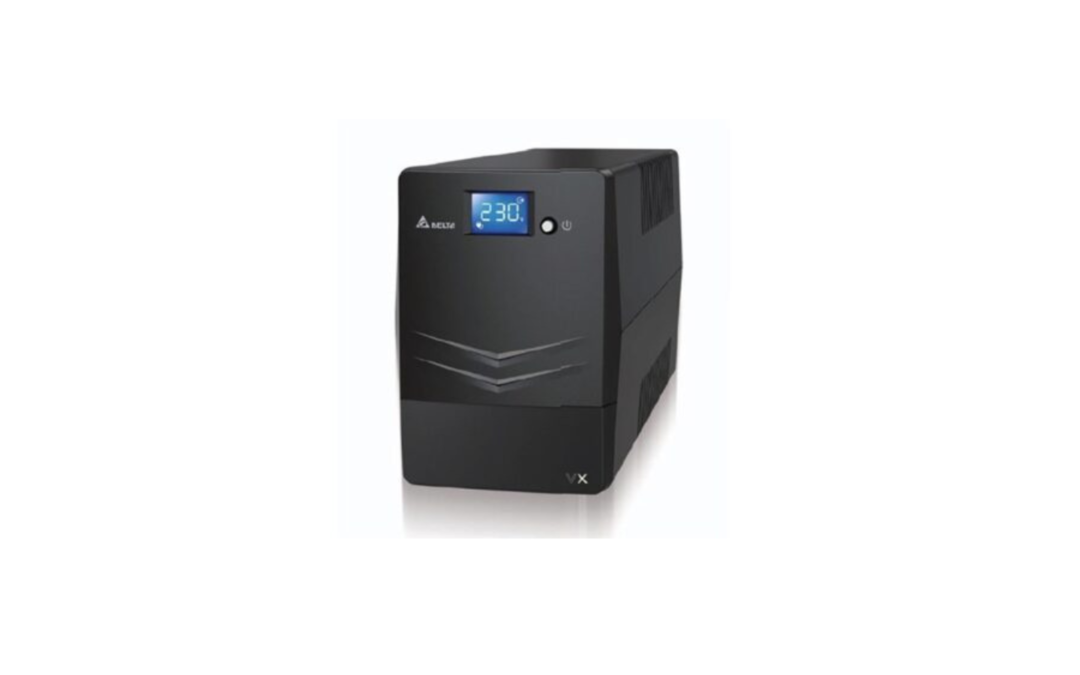Uninterruptible Power Supply (UPS) systems are crucial devices that keep important devices operating in the event of an outage or voltage spike. Like any electronic device, the UPS will experience issues from time to time which will prevent it from operating adequately.
1. UPS Systems Will Not Power On
One of the most common UPS problems is that the system will not power on. This may be due to a disconnected or defective power cord, the batteries are depleted, or due to internal hardware issues.
Steps to troubleshoot:
- Verify that the voltage regulation is plugged into a working wall outlet.
- Look at the tripped circuit breakers in the breaker or fuse box.
- Check the power cable for signs of wear and damage.
- If the unit does not power up, test the batteries or consider replacing them.
2. Battery Not Charging
If the battery on your UPS is not charging, then it will not be able to provide you backup power when you lose your power supply, reverting the battery backup to its previous state.
Troubleshooting:
- Check the amount of load to the power protector and try to remove the load.
- Verify the environment is within range of HVAC operational temperature.
- Perform a self-test using the built-in diagnostics within the surge protector to check if a problem exists.
- Check the user guide or call the manufacturer with the alarm codes to assist with troubleshooting and determine what the codes mean.
3. Alarms or regular beeping
Alarms or regular beeping can indicate overload problems, battery failure, or environmental issues (e.g. excessive ambient temperature).
Troubleshooting Steps:
- Determine the degree of UPS load, and attempt to unplug it.
- Check ambient temperature within HVAC operational range.
- Run a self-test which will use the power protector’s internal diagnostics to see if there was a diagnostic error.
4. UPS Switching to Battery mode Too Frequently
If your UPS consistently switches to battery mode although it appears as utility power is stable, it means the backup system is likely detecting transients in voltage, or other events in power quality.
Steps for Repairing the issue:
- Using a power quality analyzer, check for voltage sags, spikes or frequency changes.
- Confirm that your backup system has an input voltage range that matches your utility supply particular to your location.
- Consider installing voltage support devices if the sags, spikes or frequency changes happen frequently.
5. Overload Notice
An overload happens when the devices that are plugged into your UPS system exceed its output capacity.
How to troubleshoot the issue:
- Check the total wattage of all plugged-in devices.
- Unplug unnecessary devices to eliminate excess load.
- In the event your power needs have changed; you may wish to consider upgrading to a higher-capacity voltage regulation.
6. Communication Issue with Monitoring Software
Many modern Uninterruptible Power Supply have the capability of being monitored and managed using software. Any error in communication will limit your ability to monitor the power system from the monitoring software.
Troubleshooting Steps:
- Make sure the USB or network connection is working.
- Confirm that the software and driver are up to date and compatible.
- Verify that security and firewall settings are not blocking any communication.
Conclusion
Troubleshooting an Uninterruptible Power Supply can be a series of steps if you are familiar with the UPS operation. If you regularly maintain your power protectors, you can resolve a lot of problems before they become problems. If you have any doubt, call the manufacturer or a qualified technician for expert assistance.


